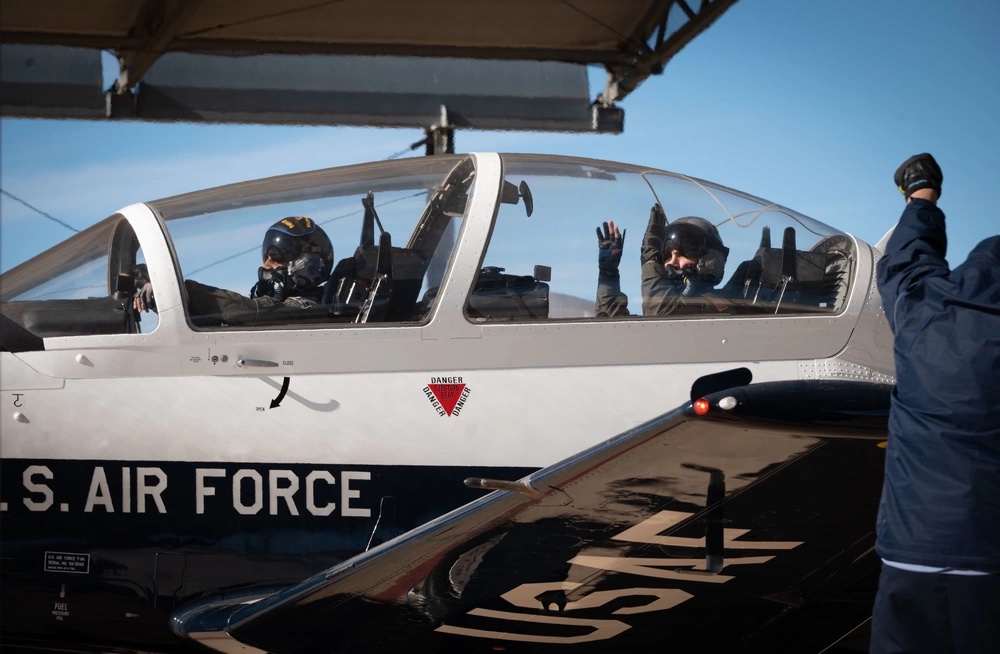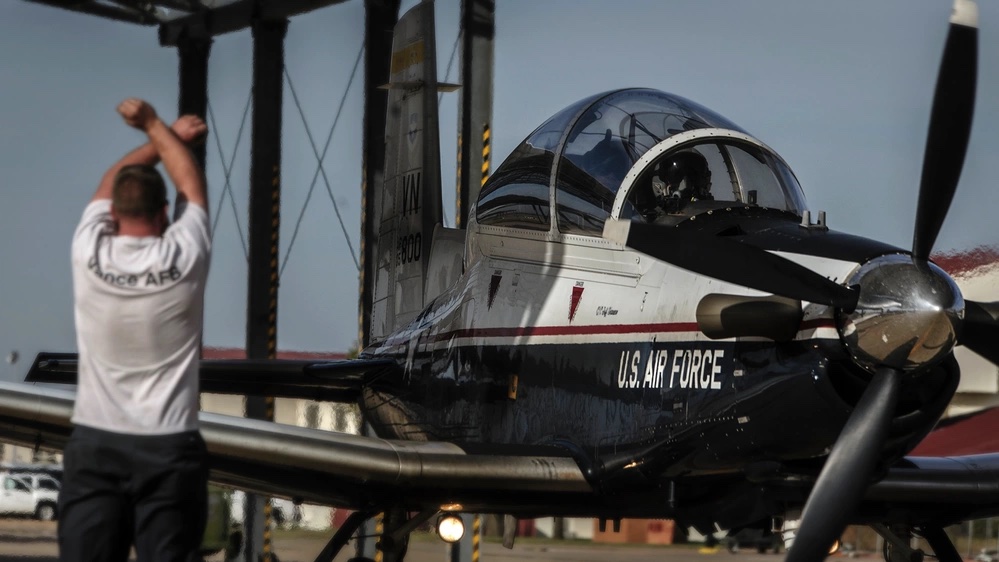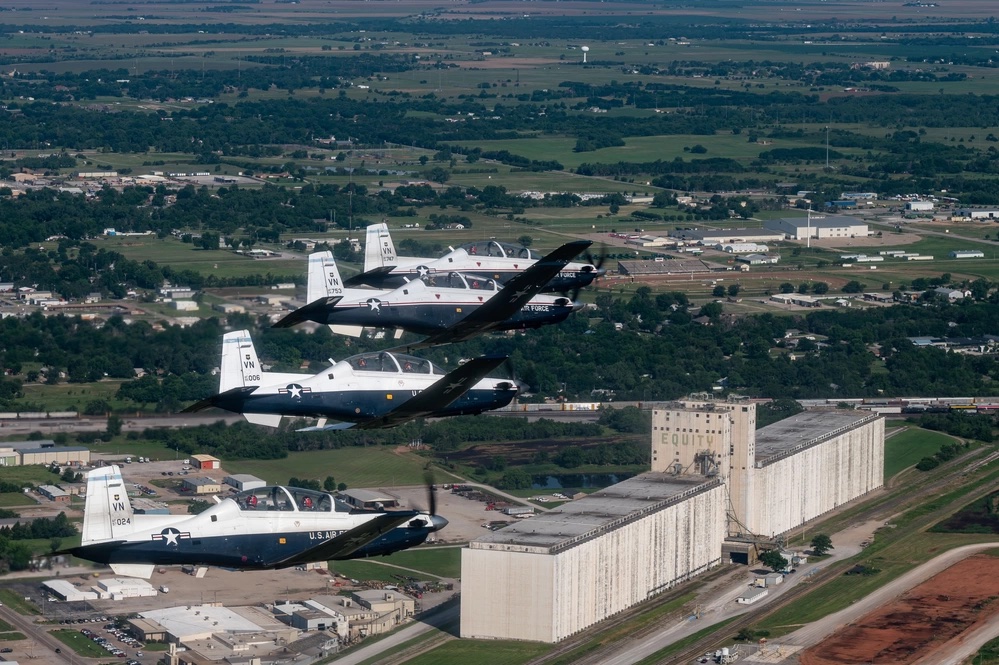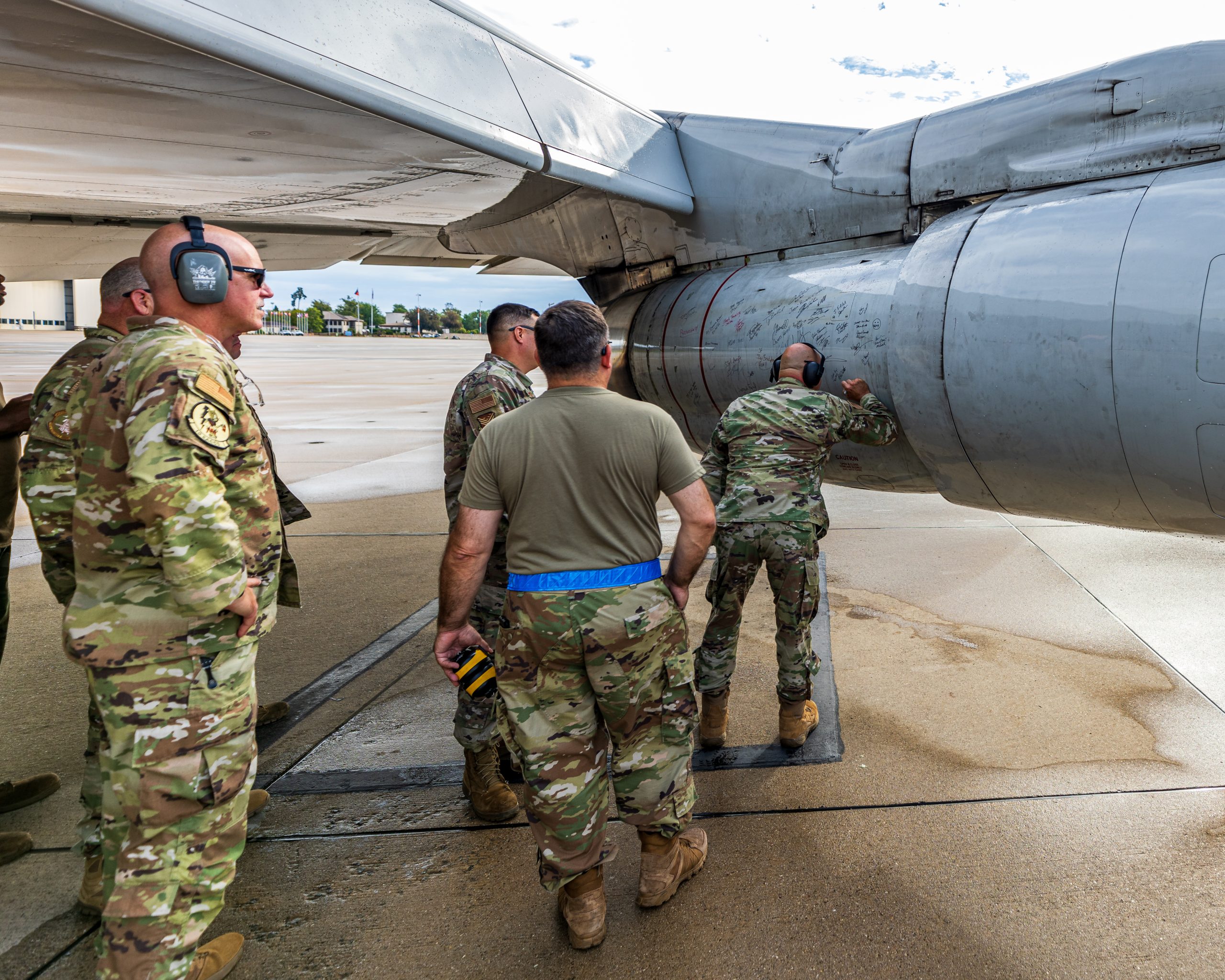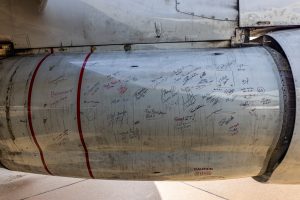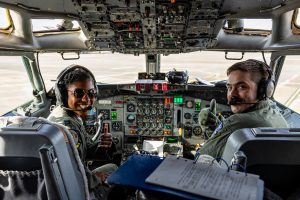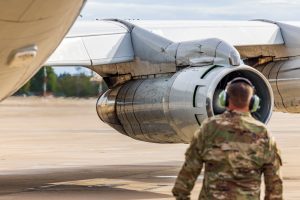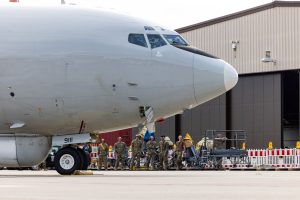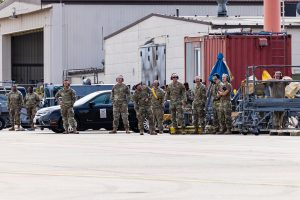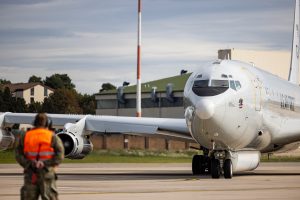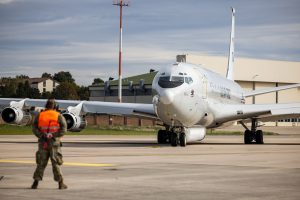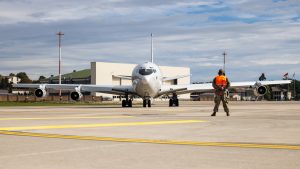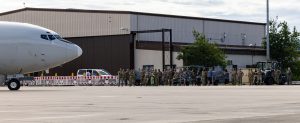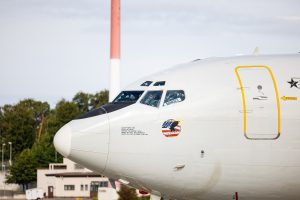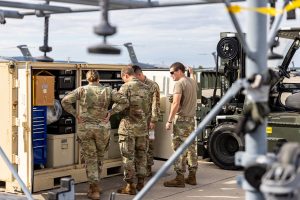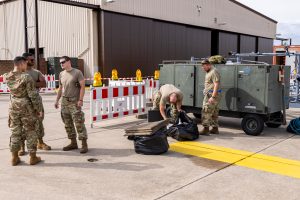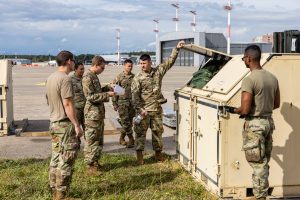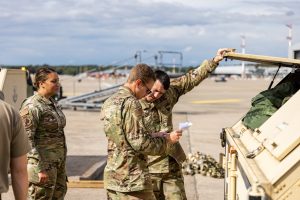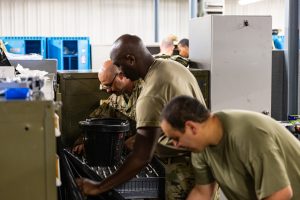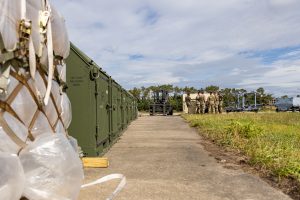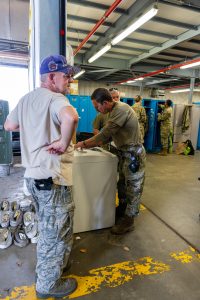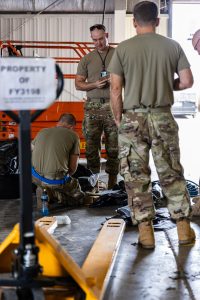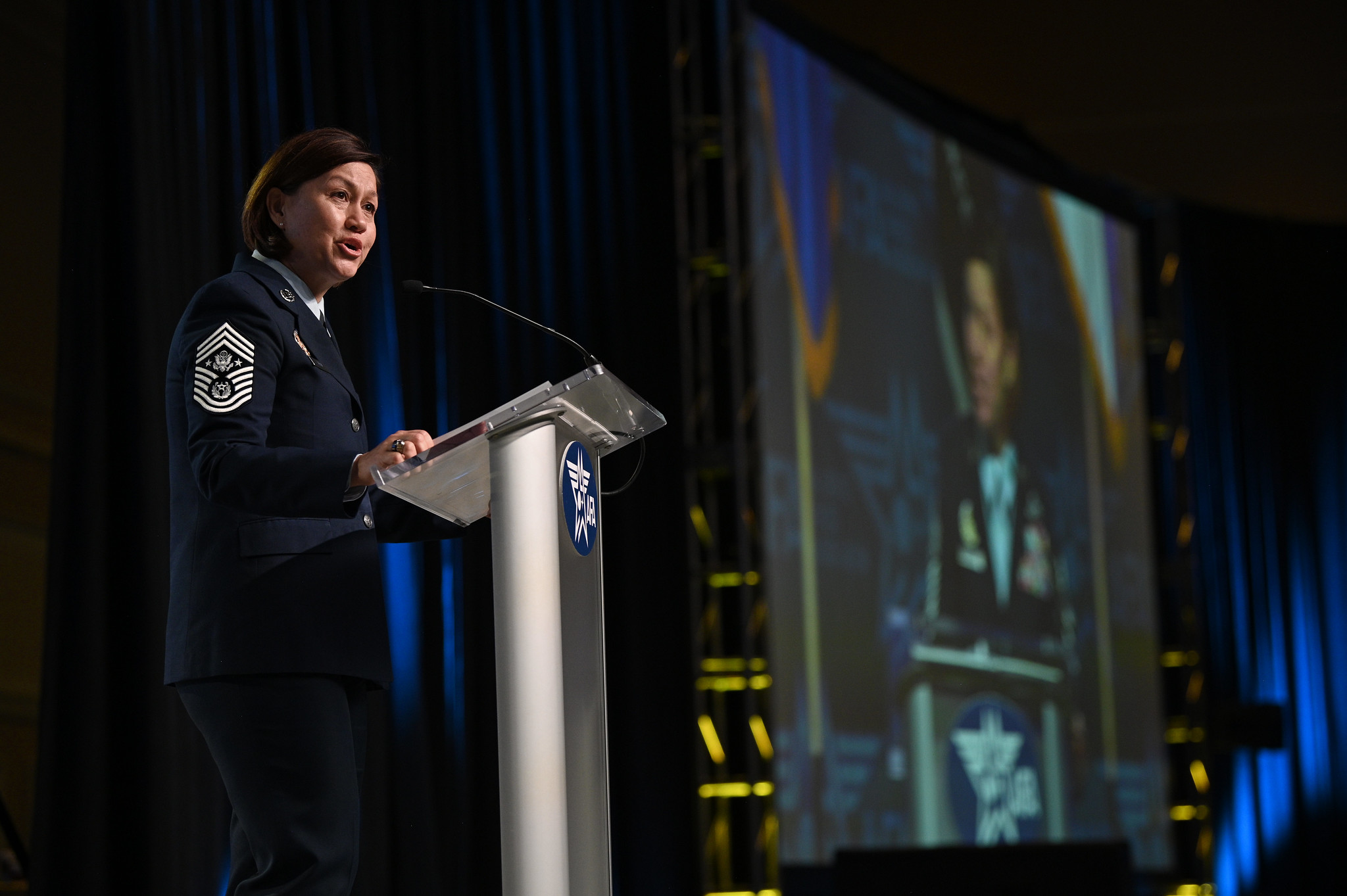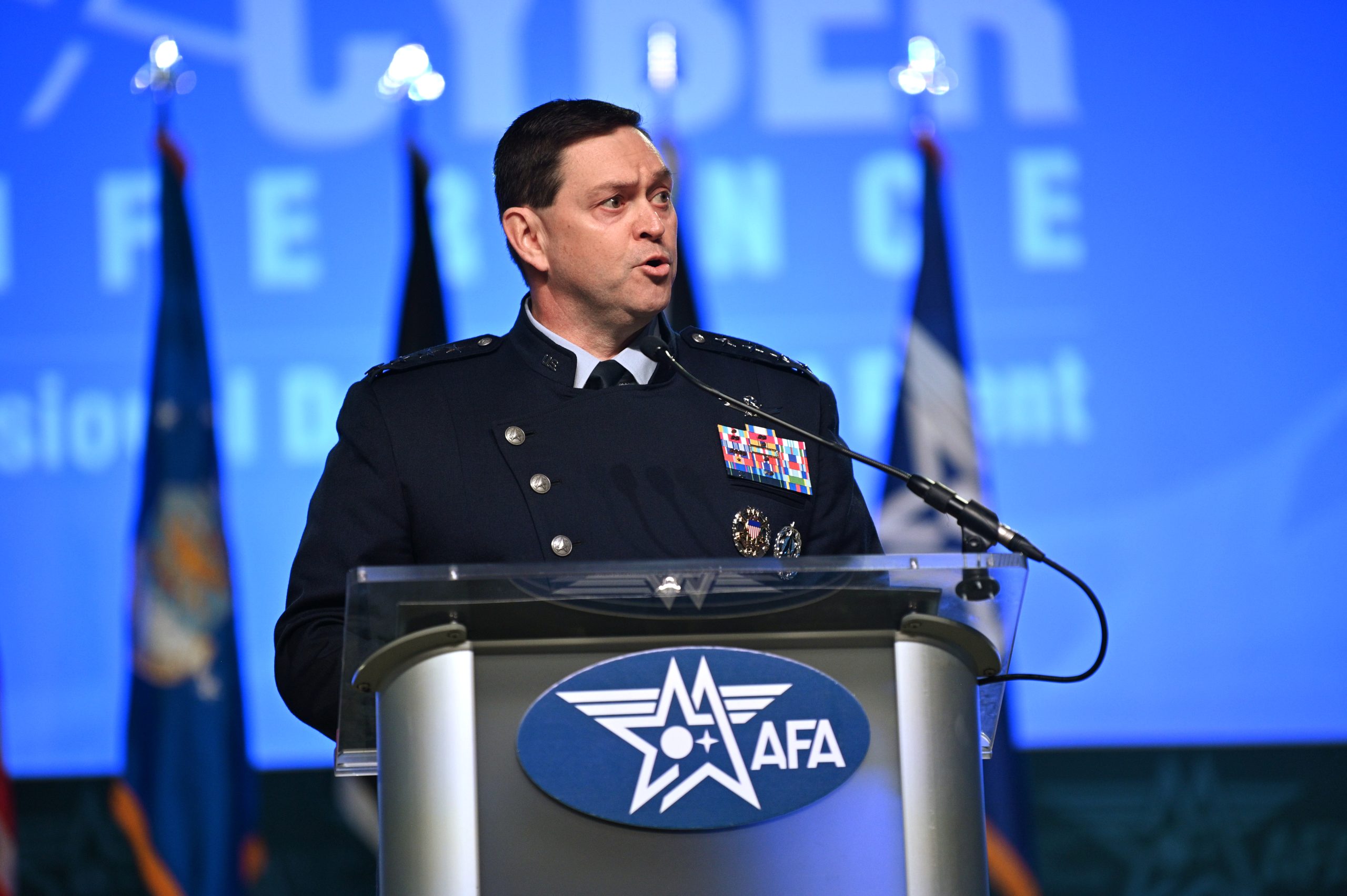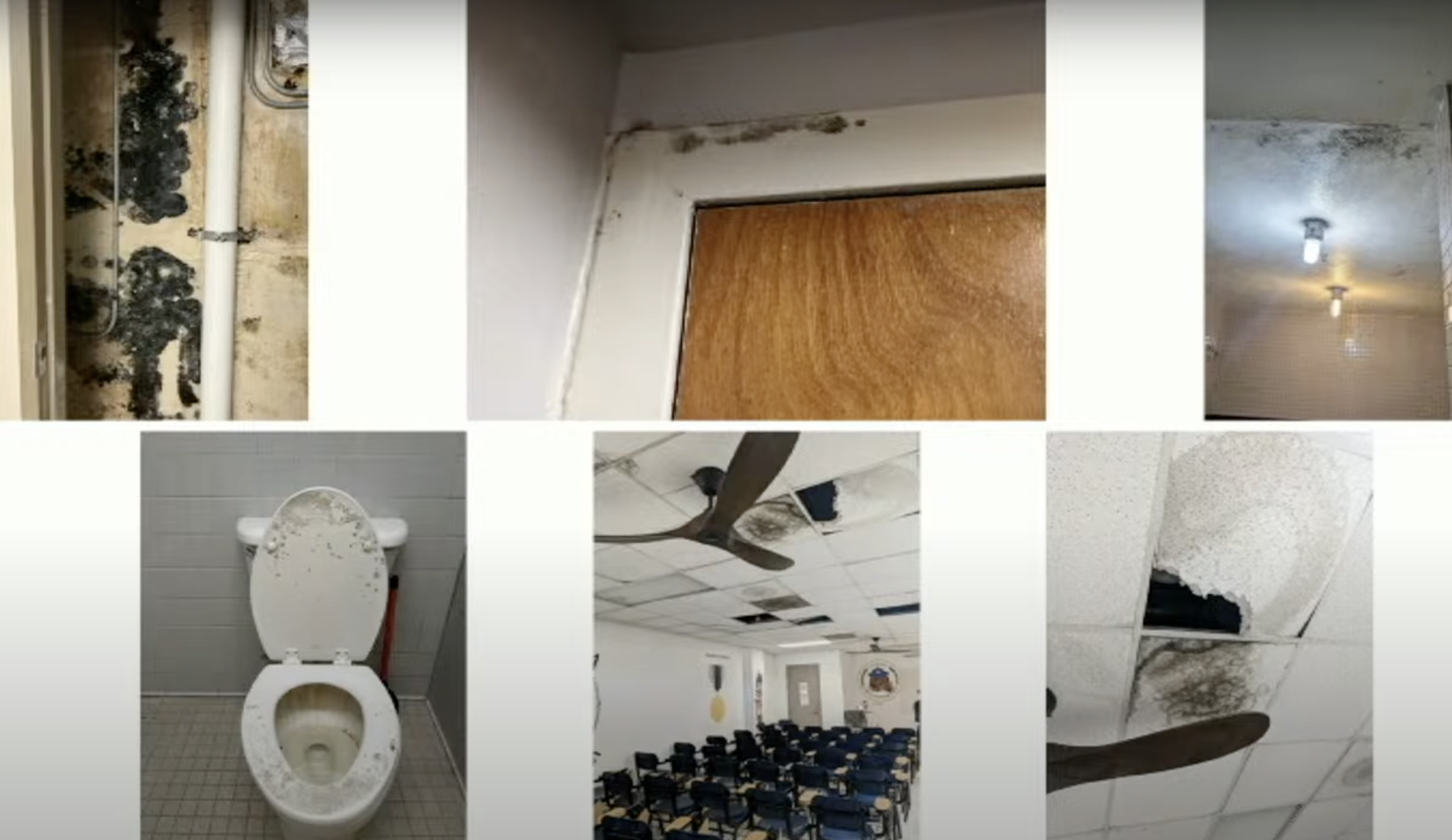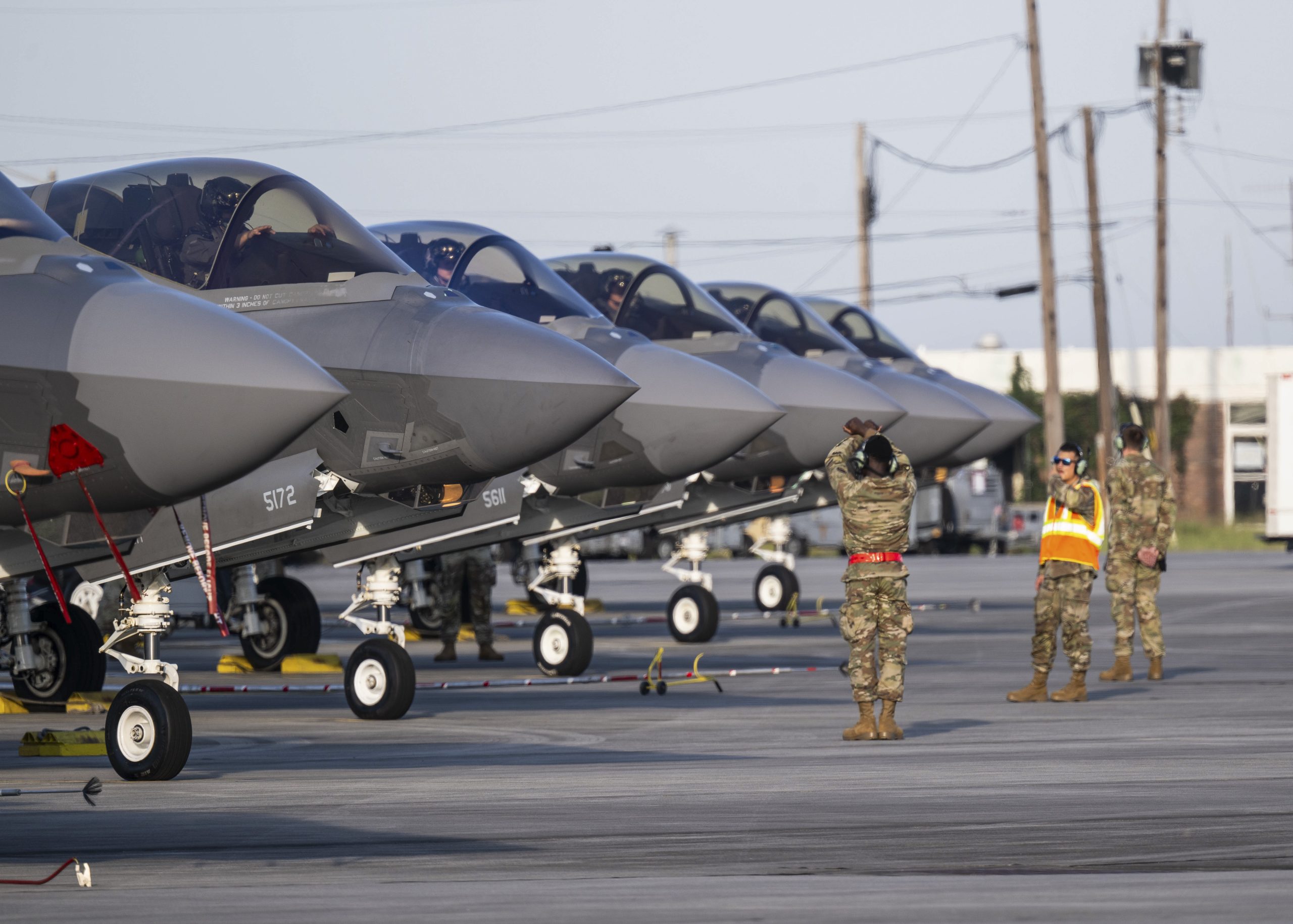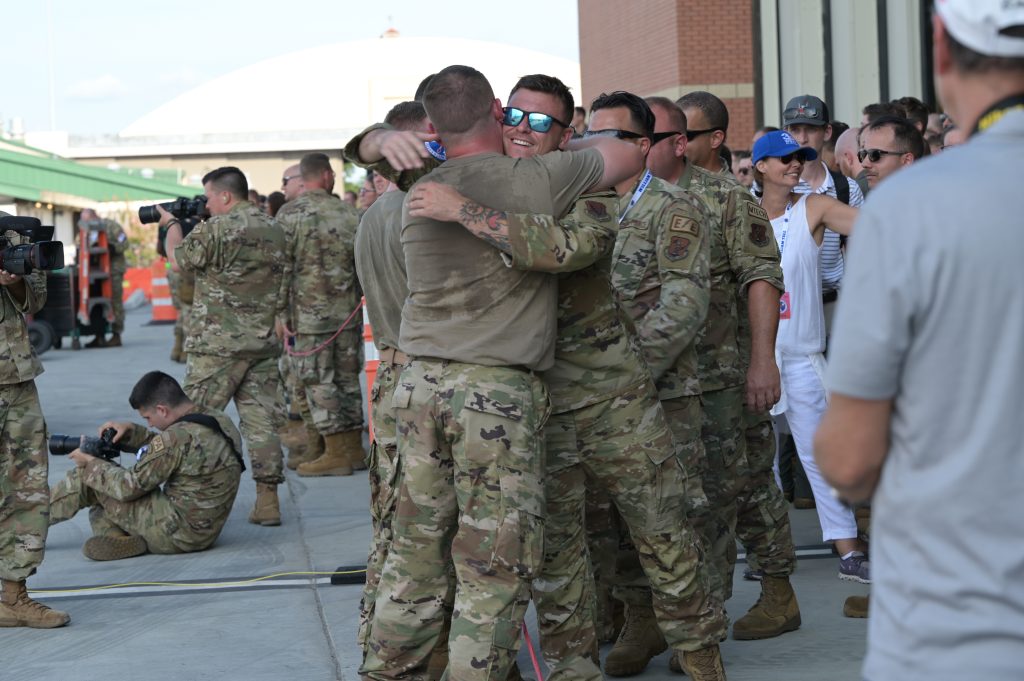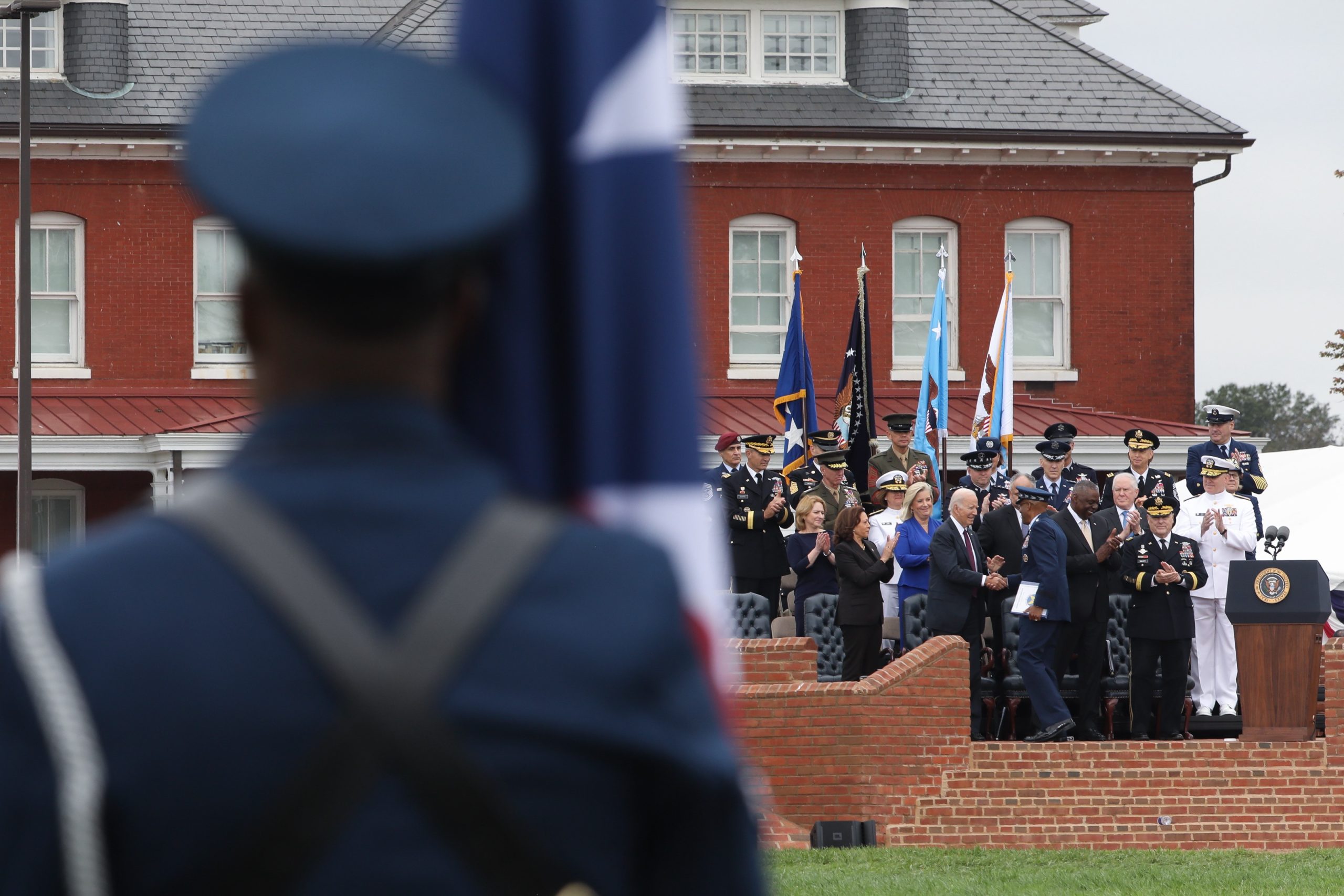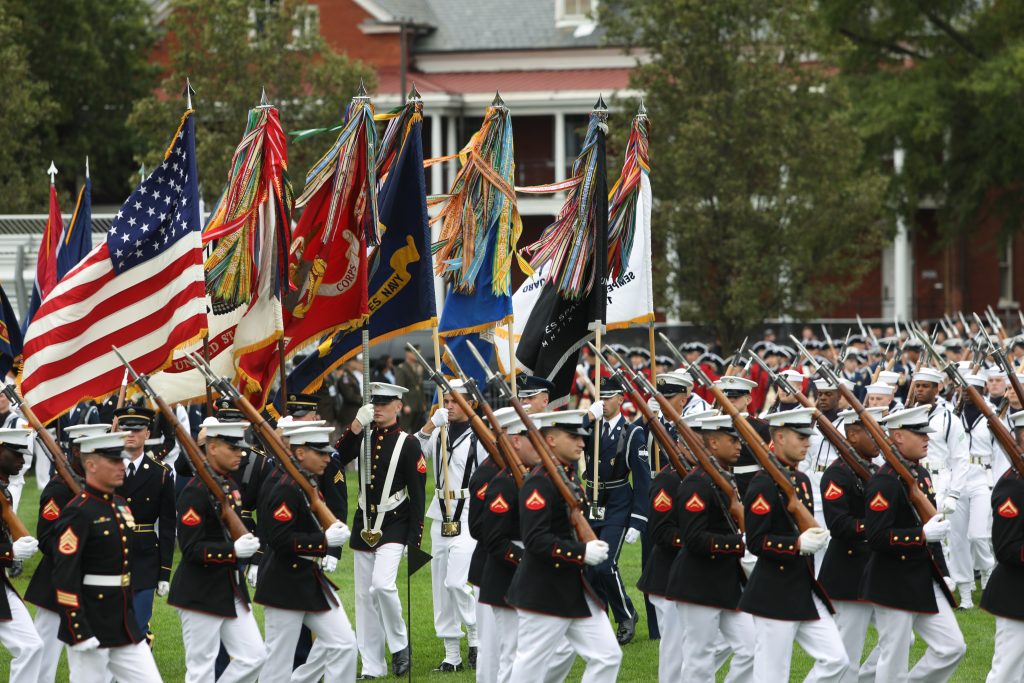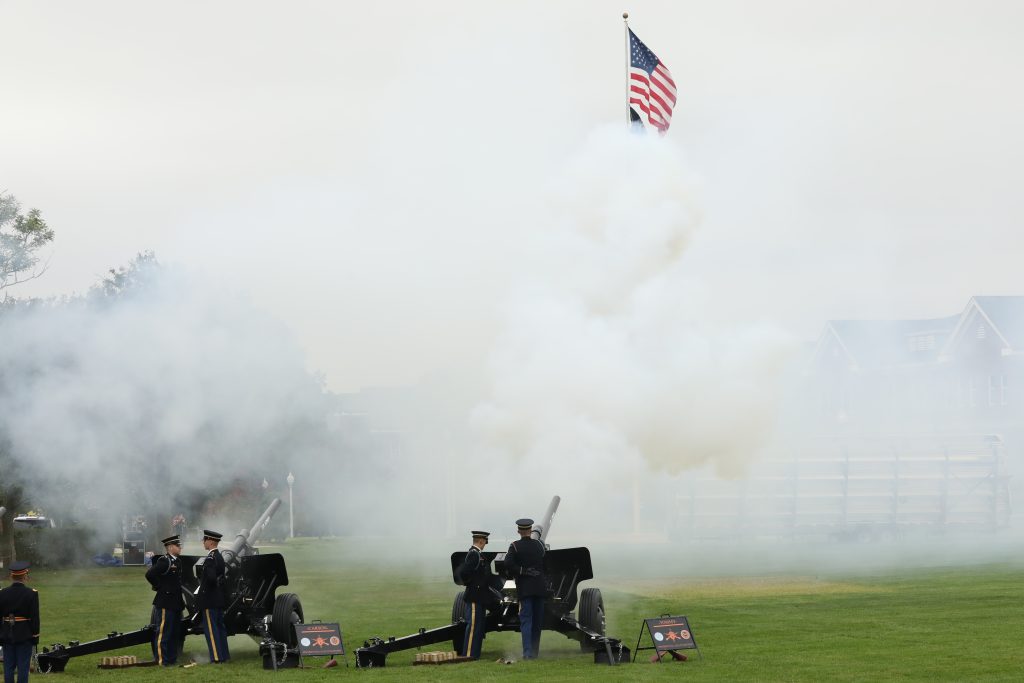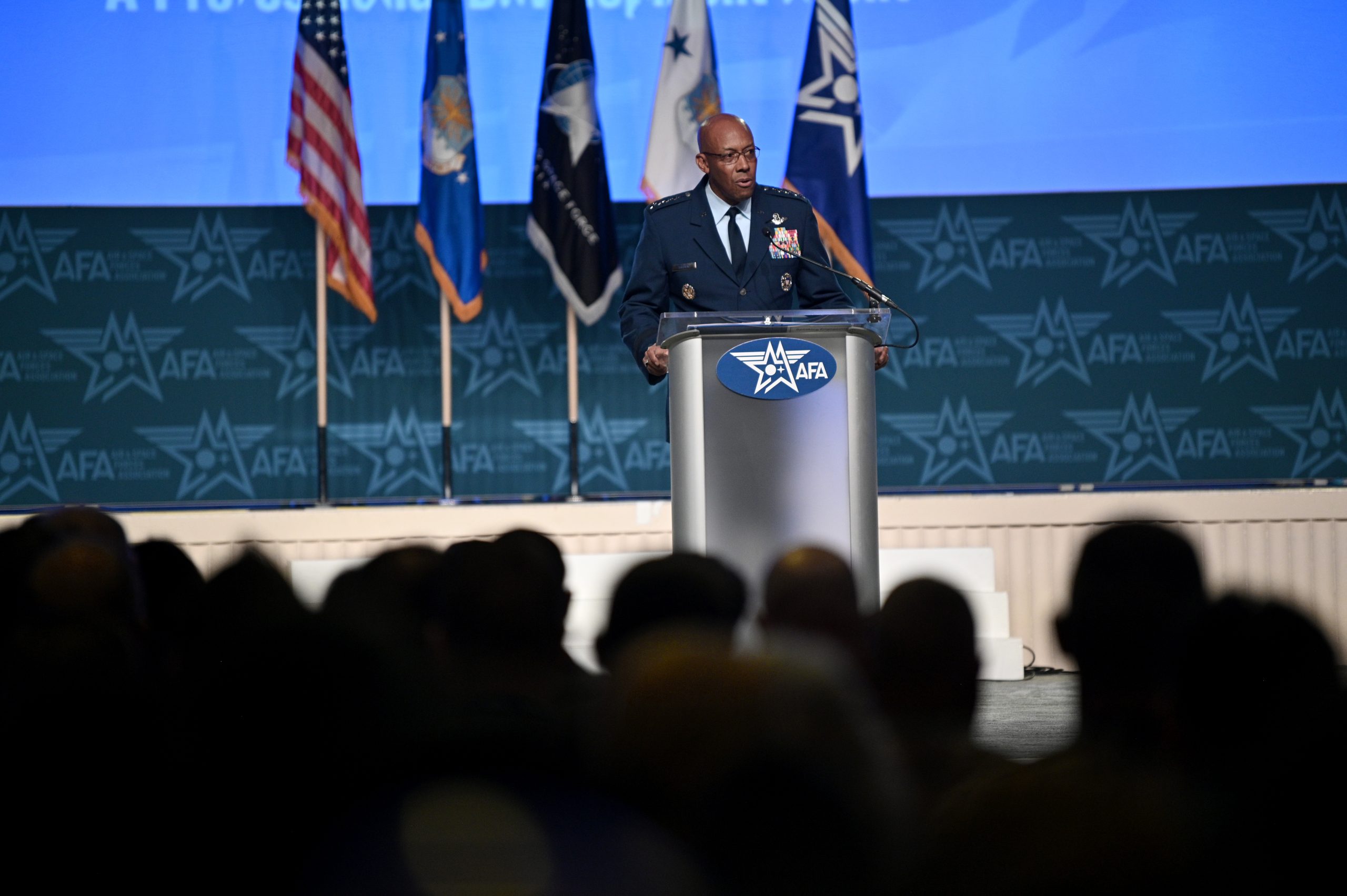The Air Force’s classified Long-Range Standoff (LRSO) missile has completed at least nine successful test flights, culminating in a major power-on, free-flight test of all major systems elements in October 2022, according to a recently released Pentagon report.
The program appears to be on track, though the Air Force is withholding the system’s planned Initial Operational Capability date.
According to the Pentagon’s Selected Acquisition Reports for 2022, released late last month, the Raytheon-built LRSO completed “the first full-system integrated test demonstrating design, manufacturing, and navigation maturing” in October 2022. Of the eight other tests conducted since February 2022, four powered up the missile’s engine, the Air Force said. All tests were conducted off two B-52s earmarked for LRSO testing.
The Air Force announced in March 2023 that LRSO passed its Critical Design Review, but the service has not discussed the progress of testing the missile until now. The data in the acquisition report reflects information as of December 2022, so it is likely more LRSO tests have taken place.
The LRSO will replace the AGM-86B Air-Launched Cruise Missile as part of the airborne leg of the U.S.’s nuclear triad. It will first equip the B-52 but will also later arm the new B-21 Raider stealth bomber. The program’s original plan was to build 1,020 missiles, plus 67 for testing, but current planned production figures were withheld. Service leaders have said in the last few years that a conventional variant is not planned, but they have not ruled out such a version for the future.
According to the Pentagon report, the nine successful flight tests in 2022 demonstrated:
- LRSO’s ability to safely separate from the B-52
- Deployment of the missile’s flight surfaces, engine operations, and flight control actuations
- Capture controlled flight after employment from the B-52
The culmination came in October, when the program “demonstrated safe missile separation from the B-52, missile flight control deployment, engine start and extended range operation, warhead-arming flight discrimination events, collection of flight environment, and firedown sequence data for the warhead, and advanced navigation along a mission planned route using an operationally relevant Mission Data File,” the Air Force said. All test objectives were met.
The missile is meeting or exceeding all six of its key performance parameters and attributes, the Air Force said.
Early on in the program, the target date for Initial Operational Capability was set as May 2030, with November 2030 being the not-later-than date. However, the Air Force declined to publish the current estimate, deeming it is “Controlled Unclassified Information.” A designation of CUI means the information is not secret, but when combined with other open information in the report, could reveal sensitive programmatic details.
The Air Force also did not disclose the cost per unit of the LRSO, but said procurement is running about 6.7 percent below the baseline estimate.
While total procurement is estimated to be at about $900 million over the baseline estimate; research, development, test, and evaluation is running about $400 million below the baseline estimate of $6.7 billion. Military construction is coming in about $6 million below the baseline estimate of $134 million.
In places where costs have gone up, the Air Force said, it has been due to inflation and “overruns in discrete labor tasks. Some tasks required more support than originally planned while others are a result of inefficiencies necessary to hold schedule.”
Where schedule has slipped, it has been driven by “non-critical path material delays of castings and structures,” the Air Force said. It has applied workarounds by substituting hardware generated during the technical maturation and risk reduction (TMRR) phase.
The Air Force said LRSO is intended to have a service life of 30 years.
A modular, open-system architecture is being applied to the LRSO, which will allow other offerors to bid on upgrades and modifications in the future, “as well as the life-cycle process such as logistical support, sustainment, and technology insertion.”
Also in calendar 2022, LRSO “successfully completed nine of 10 subsystem Critical Design Reviews (sCDRs) demonstrating design maturity of the LRSO cruise missile subsystems. Additionally, the program completed 10 of 13 sCDRs demonstrating design maturity of associated LRSO Peculiar Support Equipment (PSE),” the Air Force said.
The LRSO program is funded across the future years defense program in accordance with independent cost estimates from the Pentagon’s Cost Assessment and Program Evaluation, the Air Force said.
“There are no significant software-related issues with this program at this time,” the service reported. Elsewhere in the report, the service added that “there are no known risks with this program at this time.”
A single problem mentioned in the SAR—which the Air Force said would be resolved by May 2023—involved a fit problem in the B-52’s weapons bay.
“Current calculations indicate that when four or more stores are loaded on the rotary launcher, the stores clash with the fuel tank,” the Air Force said. “Risk is fully mitigated and closure is pending receipt of final documentation.”
The Milestone C decision—approving LRSO for full-rate production—is set to come in late 2027.

